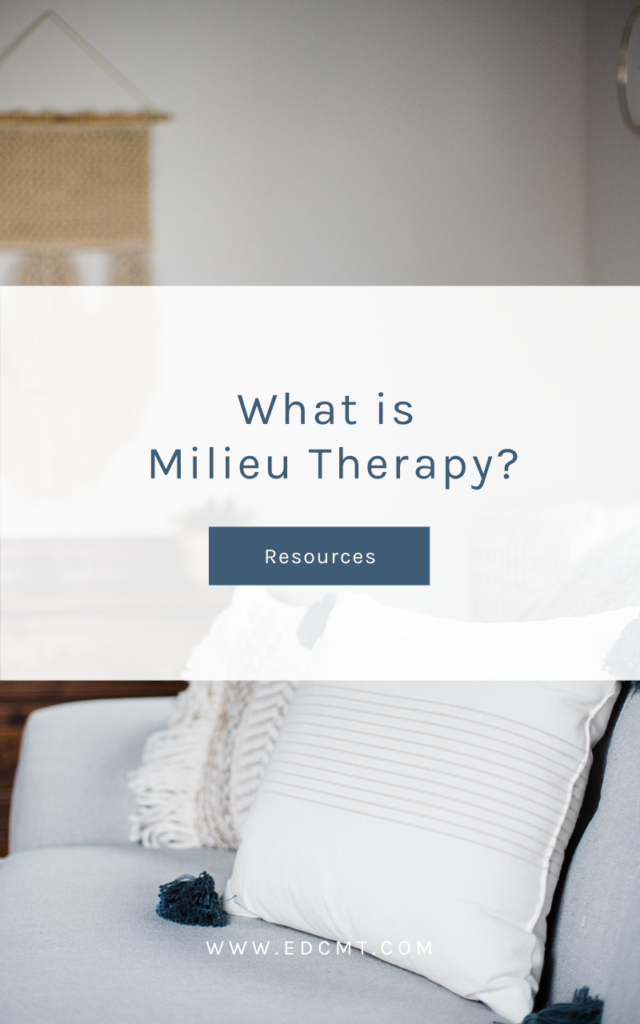You may have seen that some of our therapists have the title of milieu therapist and wondered what “milieu therapy” means.
Milieu is French for “environment”, and at the Eating Disorder Center of Montana, it refers to someone who helps create a safe and comfortable environment for our patients. Our milieu therapist and certified trauma informed yoga teacher, Katie describes her job as “creating the safety container for a patient’s time here”. She does this by making sure a room is comfortable, that blankets are available, and the lights are turned on in the Voss before patients arrive, as well as by being there when our patients just need to talk to process something they worked on in therapy.
She also helps to create structure for our patients throughout the day while our therapists and dietitians are busy with one-on-one sessions. Having this structure and routine helps our patients feel calm, safe and comfortable during their care.
On a regular day, Katie and our other milieu therapists will help with breakfast, sitting with patients as they eat, and setting intentions. After breakfast, the patients read their intentions out loud. “That’s my favorite part of the day,” Katie notes. Morning intentions are a time to build relationships with the patients, see them progress in their treatment, point out patterns, and help them keep on track with their goals.
When patients are just beginning their time in our day treatment program, Katie or another one of our milieu therapists will meet them early on their first day, show them around the Voss House, and introduce them to the staff. As Katie points out, ”Our comfortable, cozy, and homey environment – plus the fact that our patients and staff can wear what they want – helps our patients feel comfortable and safe in this space.”
Later in the day Katie facilitates milieu programming, which is free time where patients can put their newfound regulatory practices into action, doing things like reading, journaling, knitting, sitting by themselves, or talking with Katie or our other milieu therapists. This is time for the patients to practice regulating their own anxiety without structured activities.
“I love being able to see patients learn to do what is best for themselves, stay present during anxious times, and start to notice the world around them in different ways,” explains Katie. For many patients, they experience the world differently once they begin to nourish themselves – after years of suboptimal functioning from not eating enough. They will often see colors, feel their bodies and their emotions more vividly than before and notice things about themselves that they have been suppressing.
Though milieu therapists don’t provide clinical therapy like our psychotherapists do, they play a hugely important role in our partial hospitalization program (PHP) and our intensive outpatient program (IOP) by being another ear for patients to talk to or a shoulder to lean on during this transition. “It’s like having a best friend or family member there after a hard day. We don’t try to analyze what you’re saying or tell you what to do. We simply will listen, hold space, and be there for you,” Katie shares.

